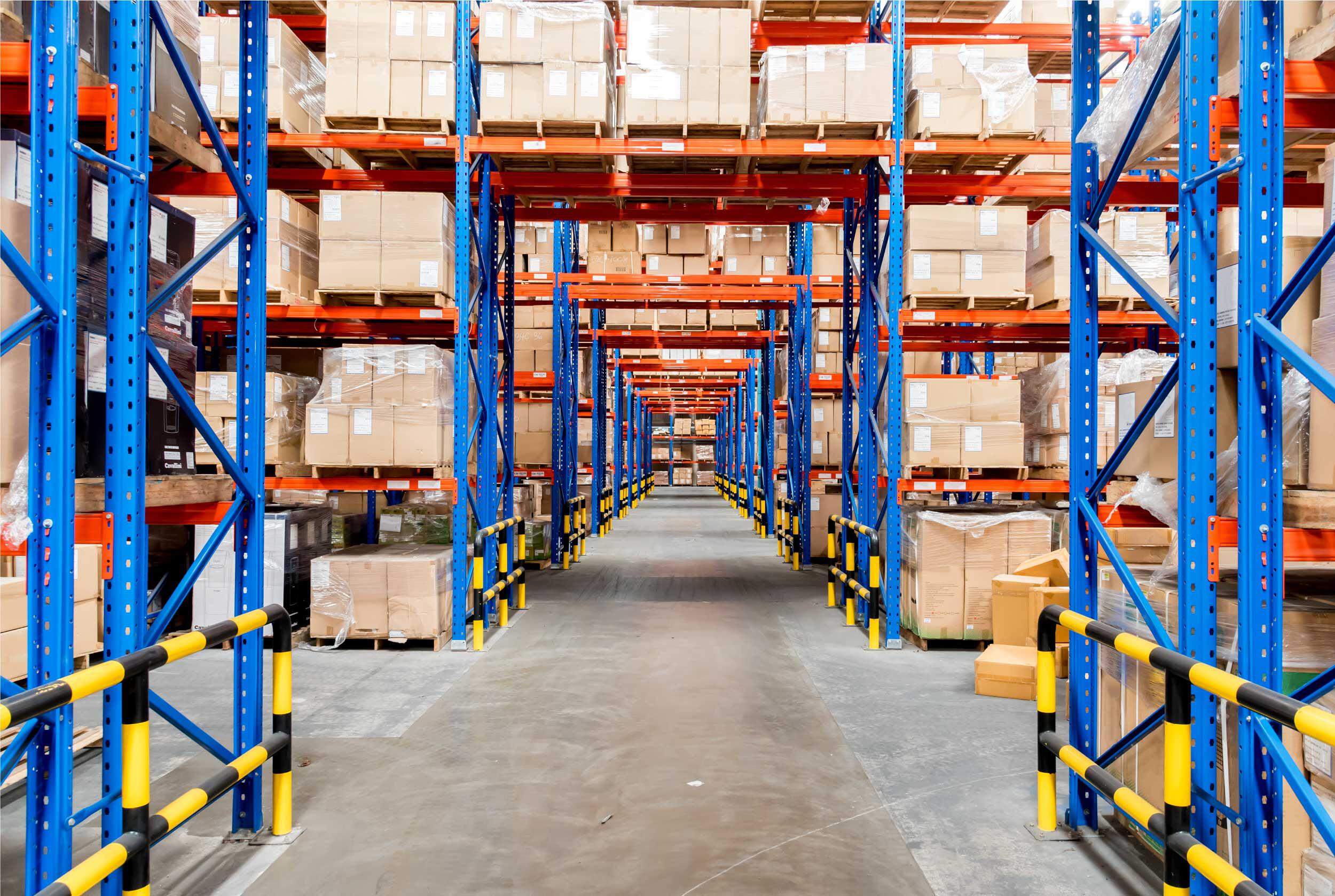科技棱镜
视角四:计算结构的变革
计算的边界正在扩大,这就为企业带来了无限的可能性。新兴的计算环境不仅为挖掘前所未有的数据分析和处理能力提供了机会,而且也为构建计算架构以更好地满足业务需求打开了机遇之门。
科技棱镜未来技术趋势分析
为了适应互联网及其所有用户的未来需求,计算领域正在发生变化。现在,数据处理不再仅仅集中在云服务中,而且还会发生在网络边缘、设备之中、跨多个云和托管服务。随着量子和生物计算的兴起,甚至有望实现基于 DNA 的存储,未来计算领域的发展可能会更加激动人心。
在过去,只有大企业才需要大规模的数据处理。自智能手机出现和物联网设备普及以来,这些设备产生的数据海量增加。数据分析不再是企业数据仓库的专属领域;在由人、设备、汽车、工厂和城市组成的互联网络中,数据可以存在于任何地方。数据越多,对计算能力的要求也就越高。
除了数据和计算位置的变化,计算机体系结构也在不断演进。对移动性的推进大大推动了高效能芯片的开发,甚至包括同时配备“大/小”计算内核的芯片设计,这些计算内核能根据负载进行优化,以实现高性能和高效能。相关预兆信号包括:
- 有计算能力的设备的激增,如可穿戴设备、自动驾驶汽车/智能汽车或智能家居。
- 专门用于神经网络机器学习的专用集成电路(ASIC)得到广泛应用,如 Google 的 TPU(张量处理单元)。
- 移动设备的处理器进步显著,例如苹果的 M1 等低功耗芯片。
- 量子计算机实际应用进入开发阶段。如密码学、医学研究、在金融和供应链管理中发现的复杂优化问题等。
机会
企业可以通过做出明智的计算选择,来优化 IT 成本,并且为消费者提供更快响应服务。在企业环境中,并非所有部署方案都能达到相同效果。
尽管云计算容易实现高可用,但数据的实际位置和处理方式依然重要。创新的网络技术无法克服基础的物理问题;与部署在本地甚至部署在家庭或工作场所的数据中心相比,部署在地球另一边的数据中心延迟总是会更高。
这意味着,根据您选择在何处放置数据、如何移动数据以及如何使用数据进行计算,成本和客户体验将会千差万别。选择最合适的硬件(包括芯片类型、大小和内存)将直接影响所需的实例或虚拟机的数量。一些应用领域(医疗保健、金融服务、电信和工业物联网)要求延迟更低,集中式平台无法满足这种要求,因此就需要配置更多的本地计算资源。
无论采用何种资源架构,务必牢记,最终客户将会认为这些都是您的责任。消费者希望他们的联网设备能正常工作,如果由于云提供商宕机,他们无法按响门铃或是解锁联网汽车,他们会责怪门铃供应商或汽车供应商,而不会归咎于提供底层计算的公司。


我们所看到的当前形势
值得关注的趋势:前三名
采纳
边缘计算。自动驾驶汽车、医疗监控、智能家居和智慧城市以及增强现实都依赖于基于云的强大计算和数据存储,但需要低延迟才能保持安全高效。边缘计算使数据存储和处理更接近设备位置,而不是依赖可能部署在数千公里外的数据中心。对于更多样化和更复杂的部署场景,请进行谨慎规划。仔细考虑与复杂体系结构和远程体系结构相关的管理、监控和测试挑战。
分析
数字孪生。数字孪生模型是一种过程、产品或服务的虚拟模型,可同时进行仿真和数据分析。您可以将 3D 可视化与实时数据相结合,从而了解那些您无法看到的设备的情况。例如,通用电气公司的喷气发动机包含大约 24 个物理传感器,但其数字孪生模型可以对几百个虚拟传感器进行计算,从而改进了维护,提高了安全性和效率。如果数字孪生适用于您,您的效率将得到巨大的提高。
预测
神经形态芯片。神经形态芯片由人工神经元和突触组成,可以复制大脑的工作方式,整个处理过程完全在芯片中进行。与其他芯片相比,这种芯片使用的能源要少得多,因为与人脑一样,它们不需要处理器在数据进出内存时处于空闲状态。此外,其并行性利用程度更高,甚至高于 GPU 和其他专用系统。这种计算策略既可以加快处理速度,又能显著节约能源。
值得关注的趋势:完整矩阵

当下存在的技术,正在业界得到充分利用。
- 人机协作
- 人工智能即服务
- 边缘计算
- 多云组合
- 智能系统和生态系统
- 数据平台和实时分析
- 工业物联网平台

受到关注的技术,但依赖不同行业和应用场景。
- 智能合约
- 数字孪生
- 在线机器学习
- 可穿戴设备
- 区块链技术
- 无处不在的连接
- P2P 技术
- 云的可移植性
- 雾计算
- 现代化的授权机制
- 数字生态系统
- 智能机对机协作
- 环境计算

成熟度欠缺的技术,可能在未来几年产生重大影响。
- 智慧城市
- 自动驾驶汽车
- 卫星网络
- 自主无人机/无人机即平台
- 生产免疫系统
- 量子计算
- 精密技术“X”
- 5G
- 数据局部性
- 纳米技术
- 神经形态芯片
- DNA 数据存储
- 摩尔定律的终结
- 私有物联网 PaaS 平台
对采纳者的建议
- 评估用于部署软件的所有硬件选项。评估用于部署软件的所有硬件选项,放开心态使用非显而易见的选项。尽管使用云平台可以轻松地调配服务器,但这些服务器的硬件配置可以而且应该根据在其上运行的应用程序进行调整。
- 投资允许组件独立部署的软件架构模式。投资允许组件独立部署的软件架构模式,即使您一开始并不会在单独的集群或数据中心进行部署。这意味着采用去中心化的身份验证、授权和数据。这样一来,您就可以根据需要将服务移至边缘计算中,以支持系统的发展。
- 使用分布式计算时,请仔细衡量您的网络成本。在使用分布式计算时,请仔细衡量您的网络成本,以确定从距离用户更近的位置提供哪些服务会更为有利。在这个衡量过程中,一定要考虑增加的维护成本。
- 投资改善您的分布式系统构建能力。大多数企业默认使用集中式或单体式应用程序,有时会缺乏构建现代系统的技能。
到2022年,企业将…
… 认识到计算不再局限于某些机器或地点,也不会受到集中式或老旧模式的约束。由于有了更多选择,在搭建系统和设备时,企业就能直接加强响应能力,并使服务位置更接近客户,从而服务可以被快速分发。















